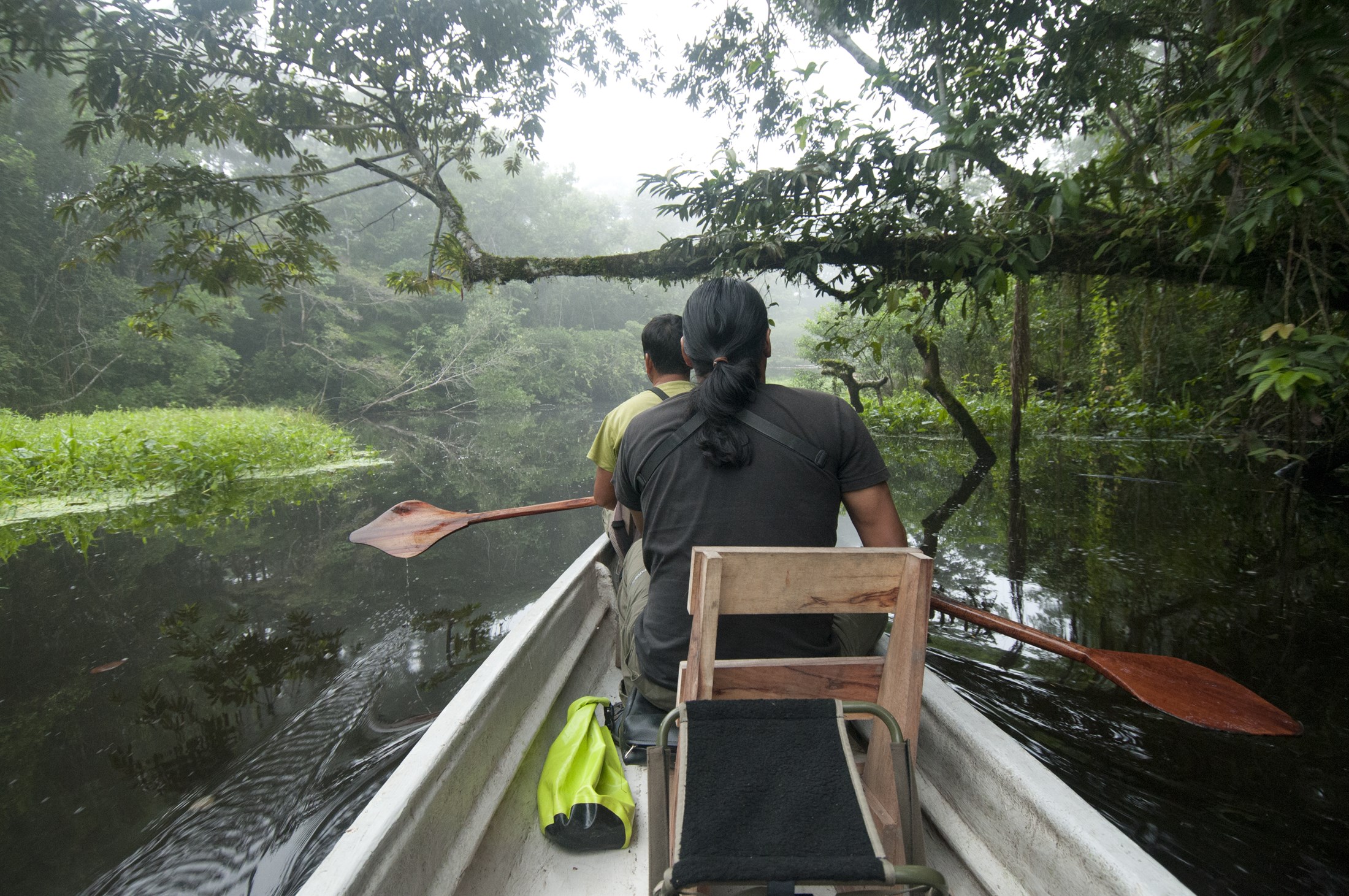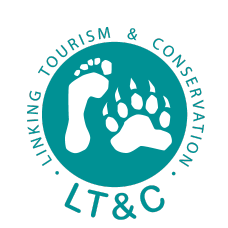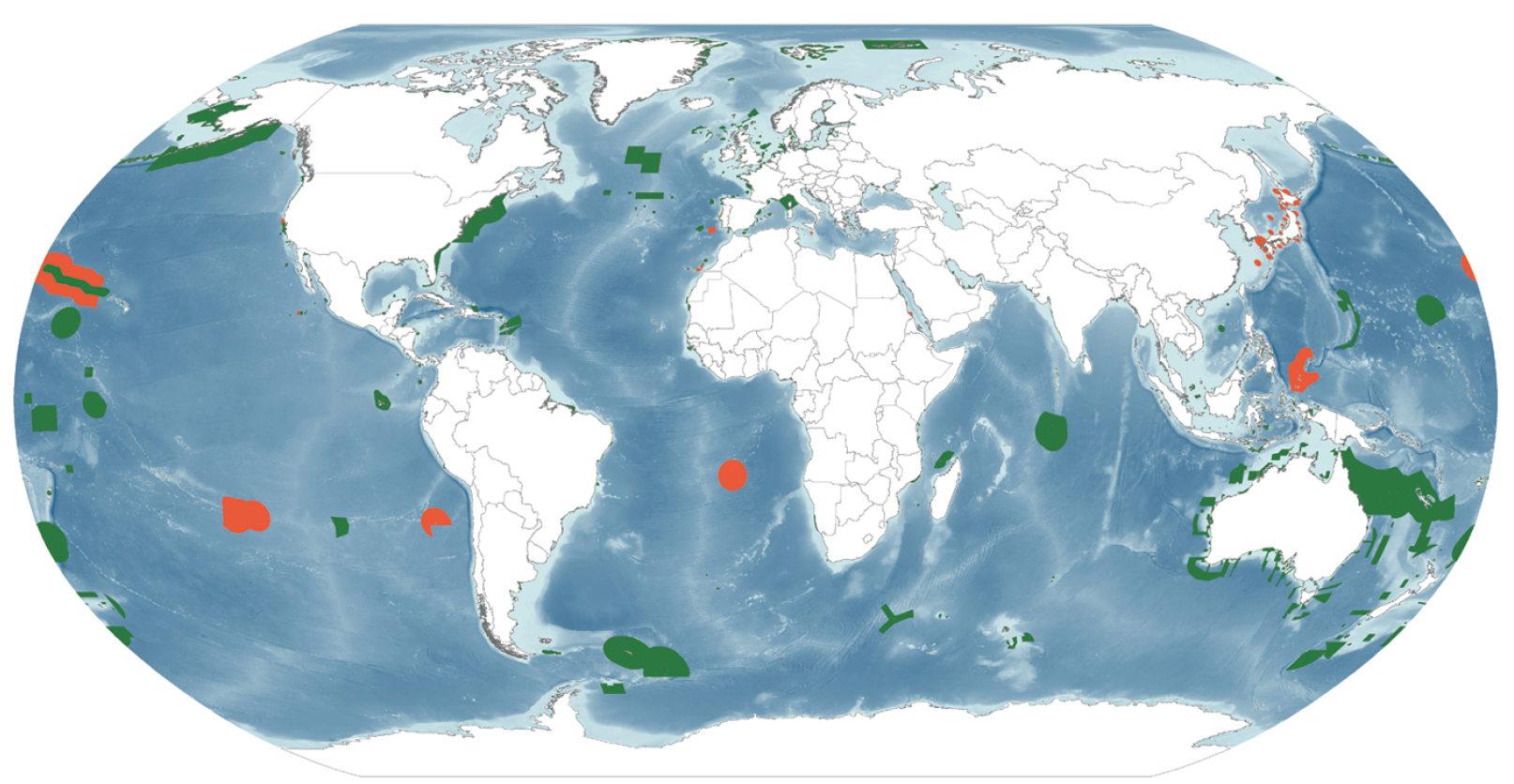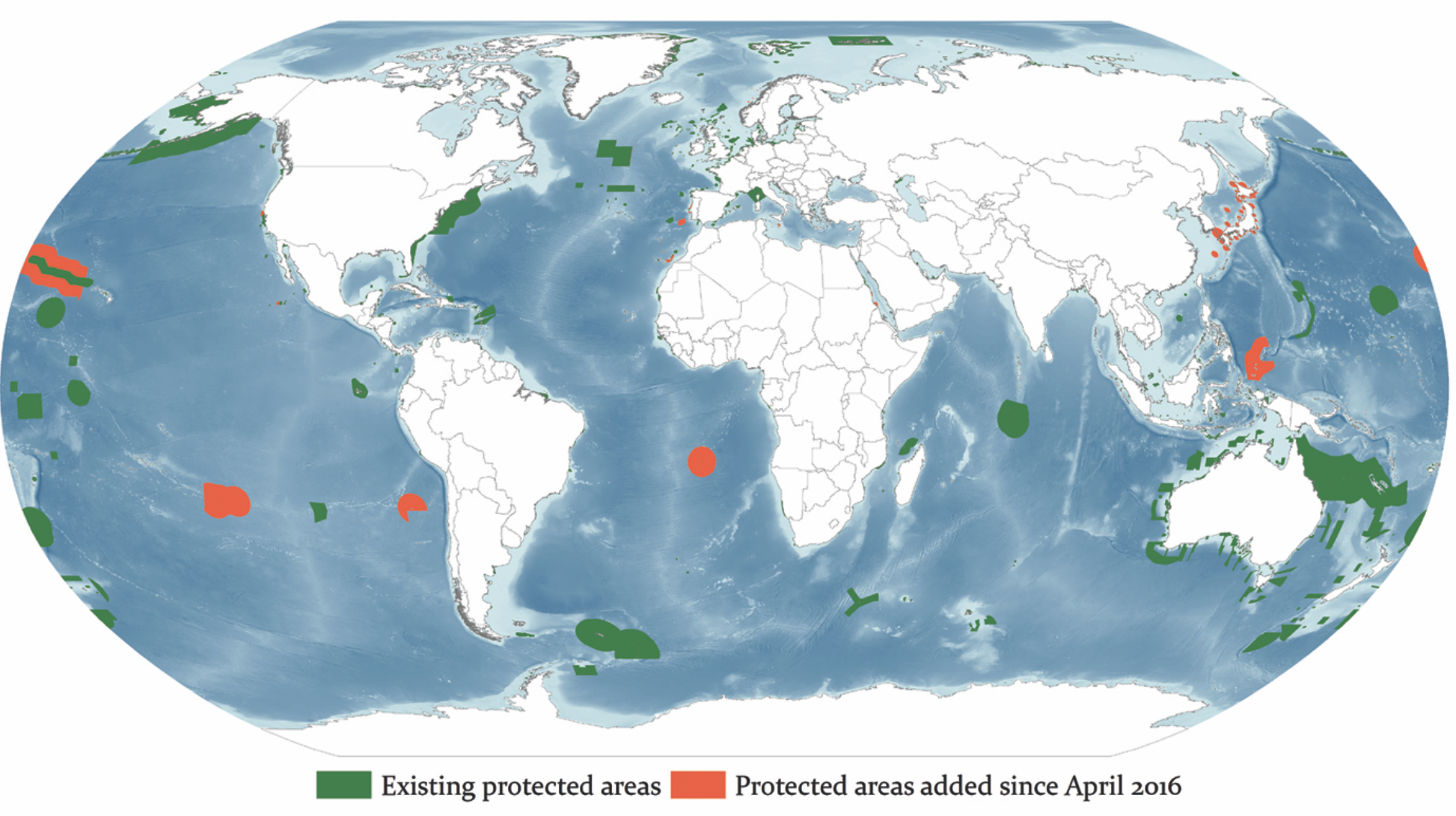
Positive and motivating news have been published by the UNEP-World Conservation Monitoring Center (WCMC) and IUCN: An update of the global statistics to the Protected Planet Report 2016 as of December 2016 shows that there are now just under 15,000 Marine Protected Areas (MPAs) spread across 18.5 million square kilometres of ocean and sea. Over 13% of territorial waters are now protected, and dramatic progress has been made towards achieving one of the goals of the Aichi Biodiversity Targets.
Just from April 2016, when the original report was published, until December 2016 MPAs have been grown by 3,6 million km2. The chances are getting higher that the “Aichi 11 target” of the UN Convention on Biological Diversity (CBD) for a complete, representative and well-managed global protected area network will be reached by 2020.
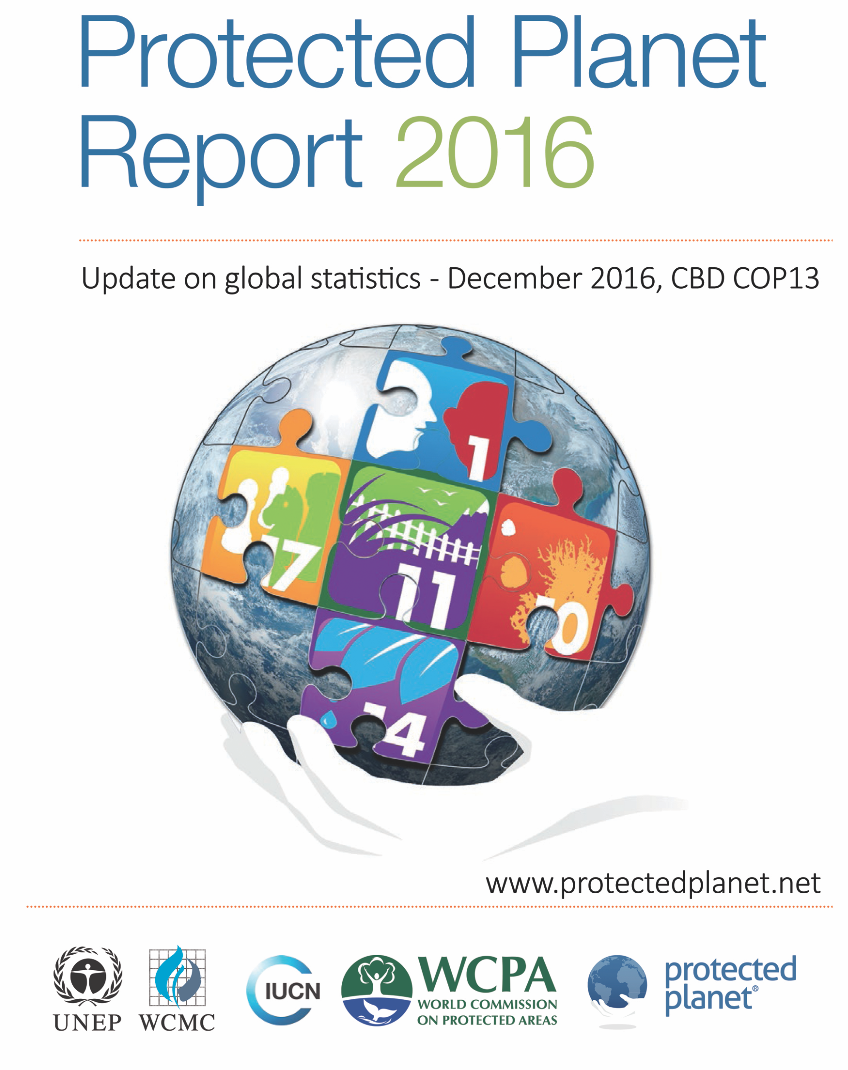
The report should be most motivating for the members and partners of Linking Tourism & Conservation (LT&C) as it is the main mission of LT&C that tourism is supporting and playing a significant role in achieving just this goal. The exact wording of the CBD-Aichi target 11 is:
“By 2020, at least 17 per cent of terrestrial and inland water areas and 10 per cent of coastal and marine areas, especially areas of particular importance for biodiversity and ecosystem services, are conserved through effectively and equitably managed, ecologically representative and well-connected systems of protected areas and other effective area-based conservation measures, and integrated into the wider landscape and seascape”.
The original Protected Planet Report 2016 stated:
- Just under 15% of the world’s terrestrial and inland waters, just over 10% of the coastal and marine areas within national jurisdiction, and approximately 4% of the global ocean are covered by PAs (Aichi Biodiversity Target 11).
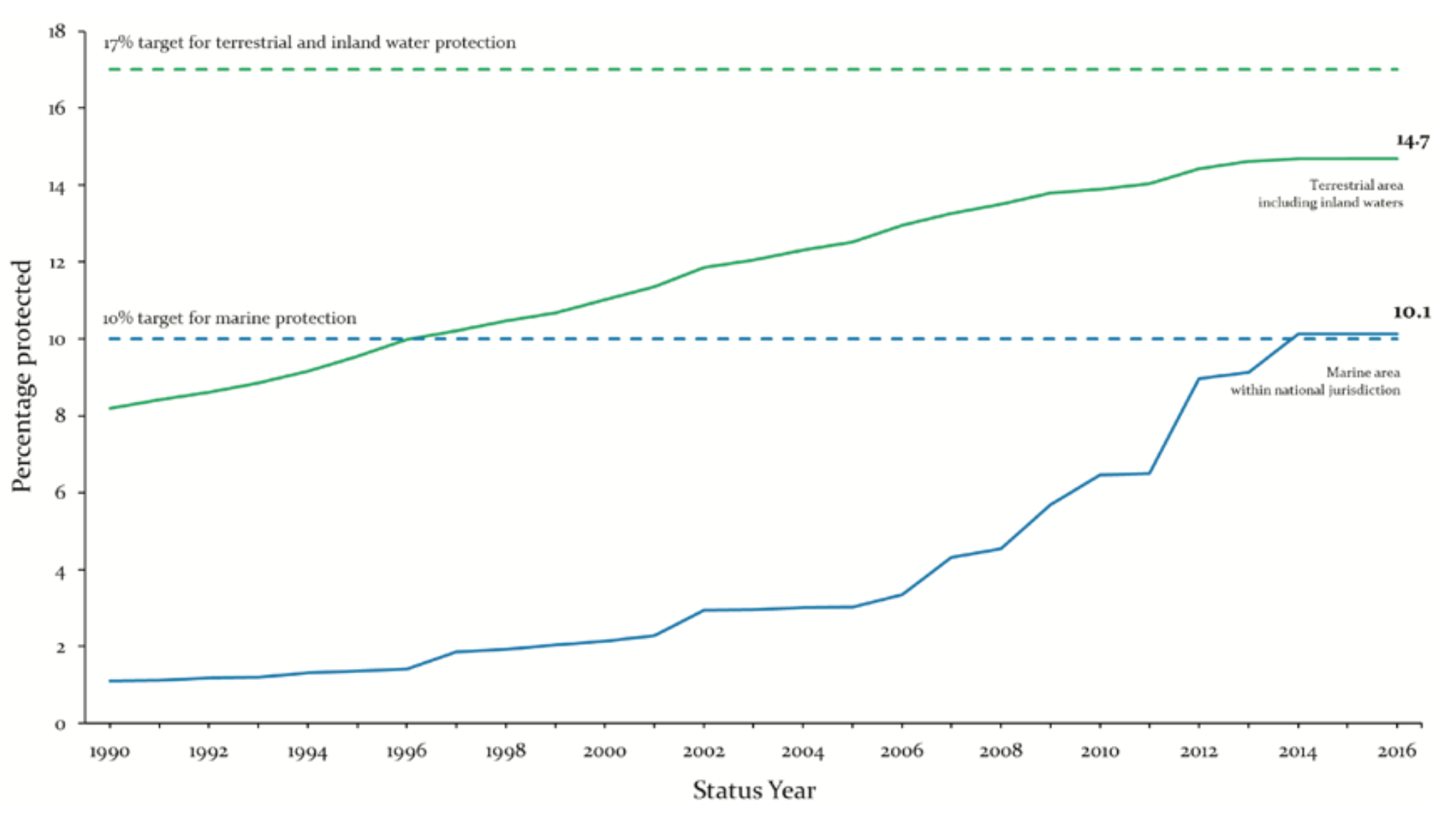
- Nevertheless, PA coverage alone is not a measure of the overall e ectiveness of protected area performance or conservation success, and other elements of Aichi Biodiversity Target 11 are equally important. For example, the contribution of other e ective area based conservation measures may contribute signi cantly to the important conservation elements of representativeness and connectivity.
- In terms of the representation element of Aichi Biodiversity Target 11, less than half of the world’s 823 terrestrial ecoregions have at least 17% of their area in PAs and only one third of the 232 marine ecoregions have at least 10% of their area protected. Less than 20% of Key Biodiversity Areas are completely protected, and therefore further efforts are needed to expand PA systems to ensure that the global PA estate adequately covers areas important for biodiversity and the provision of ecosystem services to people.
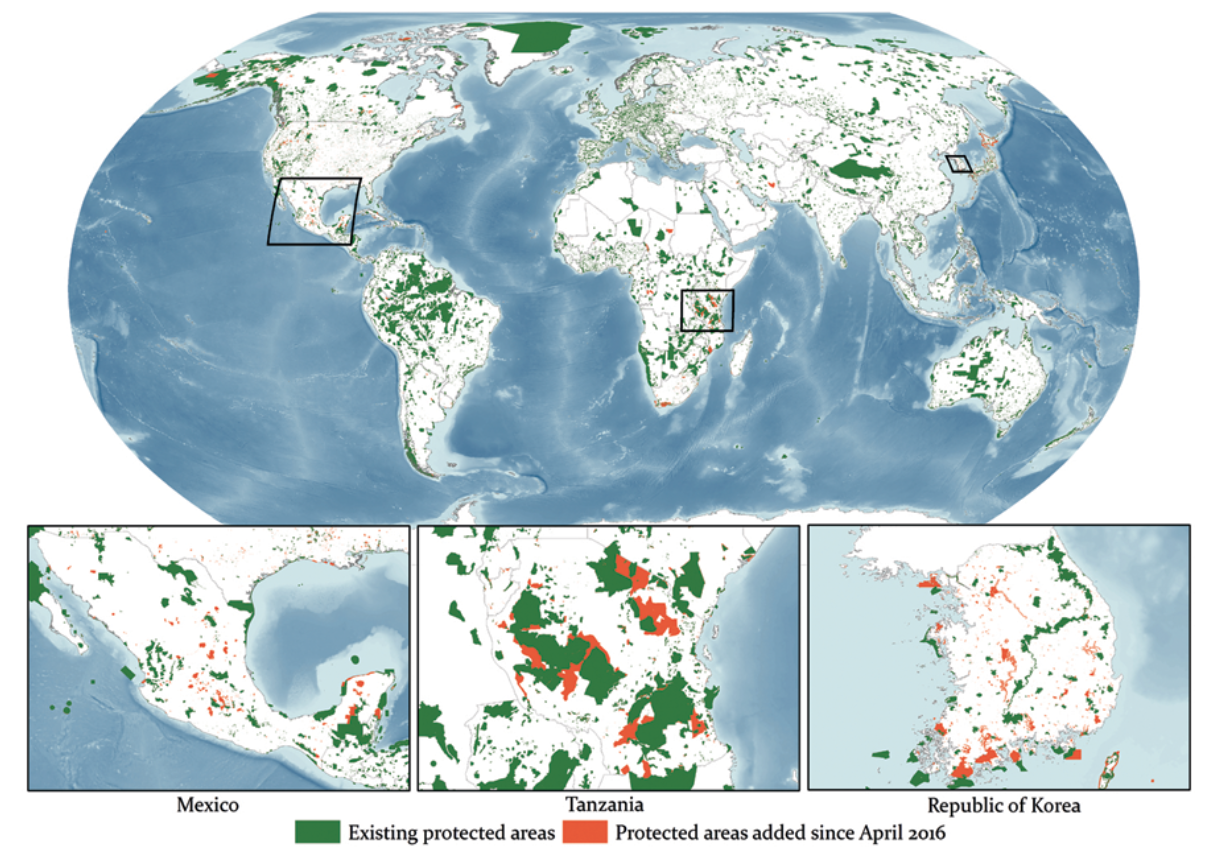
In the Foreword to the Protected Planet Report 2016 it is said:
At a time when human pressures on the world’s species and ecosystems are intensifying, there is also a growing recognition that natural ecosystems make an essential contribution to human health and wellbeing. The integration of environmental sustainability into more than half of the United Nations Sustainable Development Goals clearly re ects this trend. Never has the need to conserve biodiversity and cultural heritage been greater, and more universally accepted, than today. This increased awareness has led to investments in new systems of protection around the world.
KEY MESSAGES of the Report, among other:
● Ensuring a more sustainable future for people and the planet will require greater recognition of the important role that protected areas (PAs) play in underpinning sustainable development. Strengthened communications of the benefits of protected areas across all sectors of society will help to demonstrate the economic and social values of PAs to existing and future generations (Aichi Biodiversity Target 1).
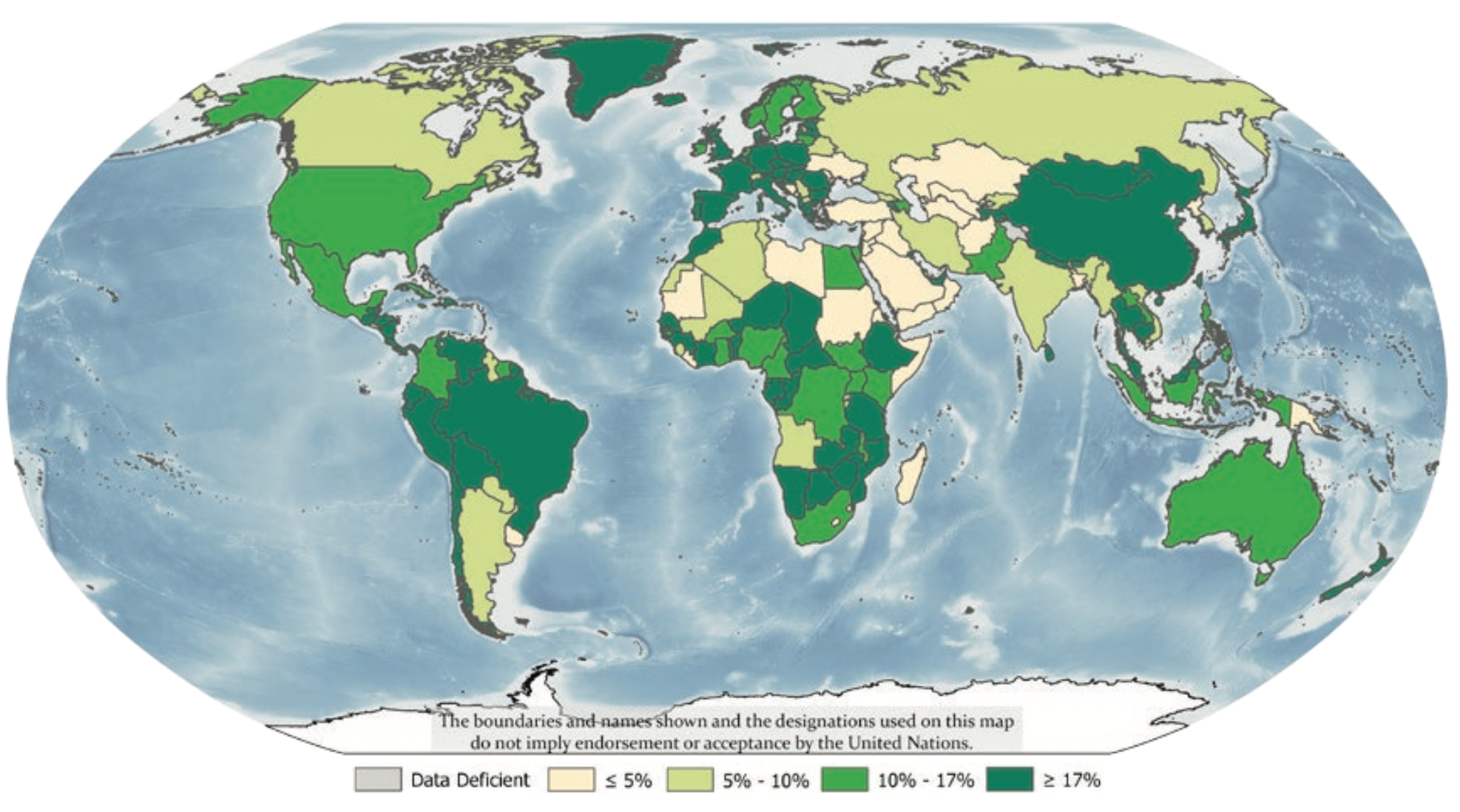
● PAs also play a key role in enhancing fish stocks and strengthening sustainable management of sheries (Aichi Biodiversity Target 6), and protected areas in landscapes can promote sustainable production of natural resources in areas under agriculture, aquaculture and forestry (Aichi Biodiversity Target 7). However, although there are a number of good examples demonstrating how protected areas and sustainable production co-exist, there is still limited information on the factors affecting their success or failure.
● Just under 15% of the world’s terrestrial and inland waters, just over 10% of the coastal and marine areas within national jurisdiction, and approximately 4% of the global ocean are covered by PAs (Aichi Biodiversity Target 11).
● Nevertheless, PA coverage alone is not a measure of the overall e ectiveness of protected area performance or conservation success, and other elements of Aichi Biodiversity Target 11 are equally important. For example, the contribution of other e ective area based conservation measures may contribute signi cantly to the important conservation elements of representativeness and connectivity.
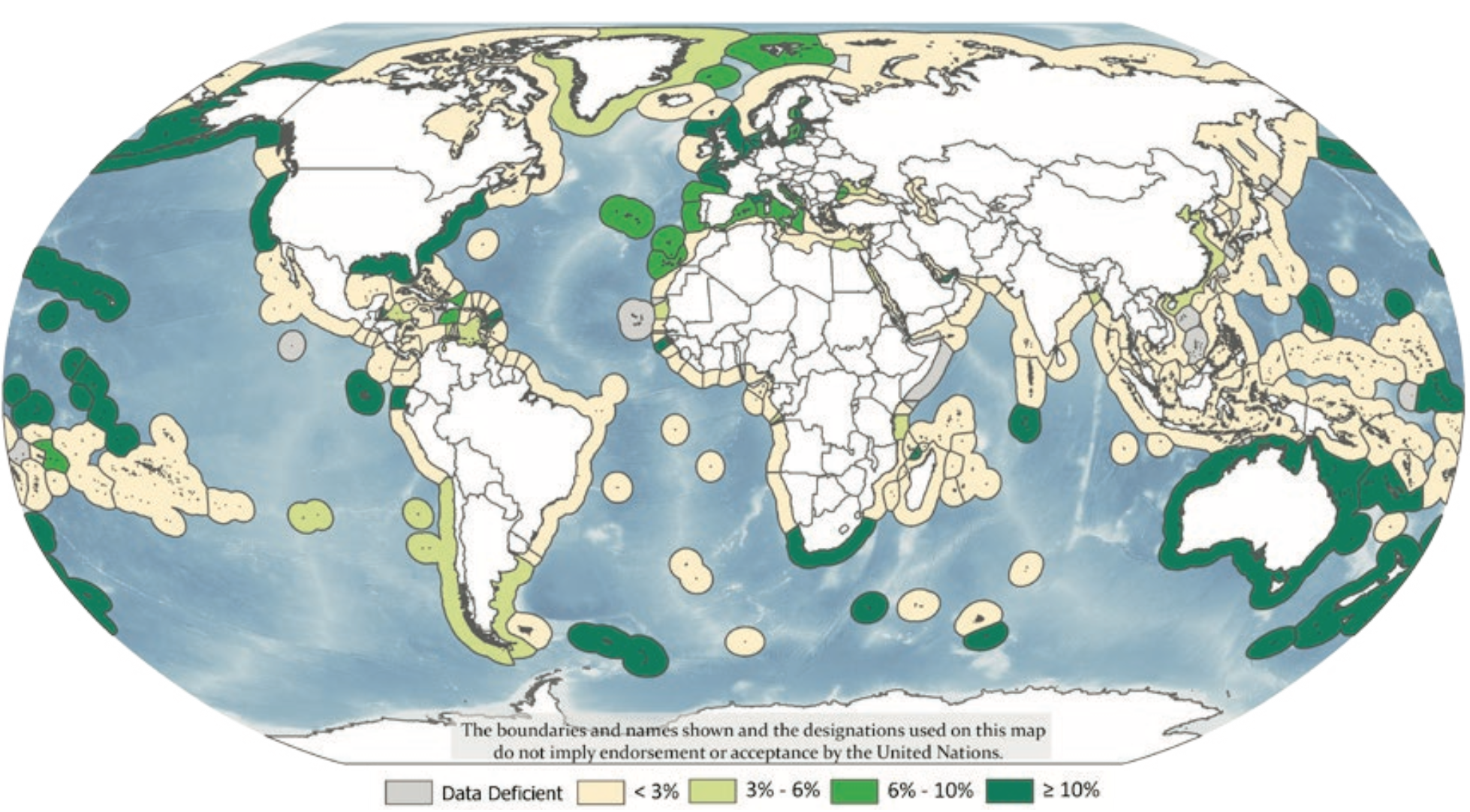
● In terms of the representation element of Aichi Biodiversity Target 11, less than half of the world’s 823 terrestrial ecoregions have at least 17% of their area in PAs and only one third of the 232 marine ecoregions have at least 10% of their area protected. Less than 20% of Key Biodiversity Areas are completely protected, and therefore further e orts are needed to expand PA systems to ensure that the global PA estate adequately covers areas important for biodiversity and the provision of ecosystem services to people.
● More Protected Area Management Effectiveness Assessments (PAME) are also needed to better understand the impact and contribution of the world’s protected areas. By 2015, 17.5% of countries had completed and reported at least one Management E ectiveness assessment for 60% of the reserves within their protected area estat. Analyses of the broad impact of protection on biodiversity indicates that protected areas have, on average, been successful in reducing habitat loss (Aichi Biodiversity Target 5), have had positive impacts on a broad set of species and have lowered the risk of extinction for species whose most important sites were protected (Aichi Target 12).
● Protected and conserved areas will be fundamental for achieving many of the Sustainable Development Goals (SDGs), and protected areas are used to track progress towards the achievement of SDG goals 14 (Life under water) and 15 (Life on land).
While the 2016 Protected Planet Report is calling to build a better understanding of the value of investing in protected areas, support from the tourism sector should play a particular significant role. Linking Tourism & Conservation therefore will continue to identify and profile best cases (LT&C-Examples), where tourism is supporting protected areas financially, politically or by ways of education. And as the Protected Planet Report indicates that the general coverage of protected areas has almost reached the Aichi 11 target of 17% on land and 10% of the marine environment, the future focus needs to be on quality and representatives. Still many PAs are just “paper parks” and the different ecoregions are not equally covered. Most importantly we still need to find ways and incentives that LT&C-Examples are learned from and getting replicated, where they are most needed.
